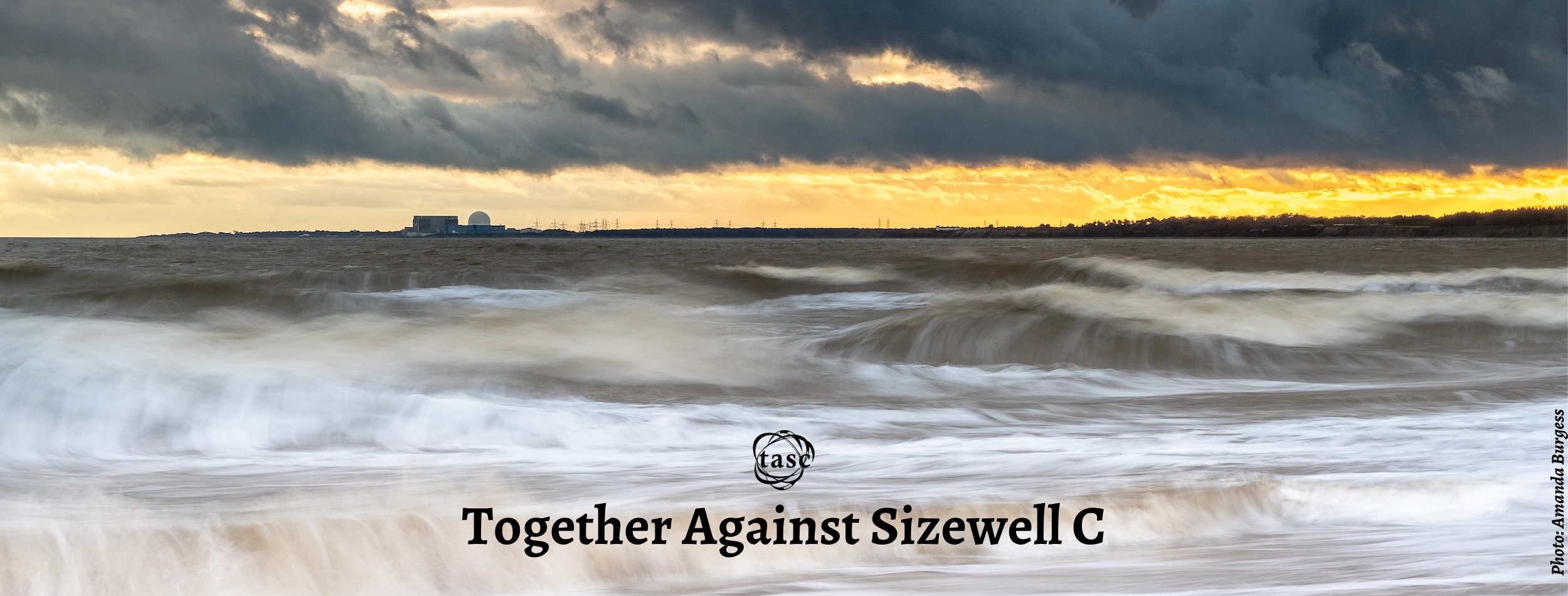
Climate change erodes faith in Sizewell C site
Climate change erodes faith in Sizewell C site | Business | The Times
Picking the right spot for a 3,340MW nuclear power plant is always the subject of red-hot debate. But what could beat a Suffolk flood plain? The government is so keen to build the £20 billion Sizewell C that last month it pushed the button on the project despite its rejection by the planning inspectorate: a body that wanted “greater clarity about a sustainable water supply” for cooling the two reactors and their irradiated fuel.
Still, could the bigger water issue actually be a saltier one: that, given global warming and coastal erosion, Sizewell C is not only in the “wrong location” but a potentially “dangerous” one? It’s the view of engineer Nick Scarr, who thinks developer EDF, the government and regulators are overlooking the risks that Sizewell C turns into a “promontory”, encircled by the sea.
Scarr, a member of the Nuclear Consulting Group, a band of experts and academics, has long disagreed with EDF over the plant’s flood risk. And who knows if he is right. Yet his concern over the government’s development consent order goes further: that regulators and ministers have taken a “best-case, non-conservative assessment” of the science and opted to push ahead anyway. A sort of wishful thinking.
The Intergovernmental Panel on Climate Change reckons once-in-a-century “extreme sea level events” could occur “at least once per year at many locations by 2050”. And, unlike the existing Sizewell A and B, C will be built nearer the sea on marshland. So, coastline evolution and sea defences over the life of the plant — out to 2140 — are vital.
Scarr cites the “site data summary report” where EDF says it has taken account of “conservative assumptions”, in line with guidance from the Office for Nuclear Regulation and the Environment Agency. But, in the same document, EDF admits: “Shoreline change is driven by several factors whose importance and interaction cannot be accurately predicted several decades into the future”. So, no one really knows. To boot, Scarr says that the “expert geomorphological assessment” only considers “sea level rise until 2070”.
Then, there’s the issue of the Sizewell-Dunwich bank that acts as a breakwater and protects the plant from waves during storms. As he points out, the Sizewell bank has “hard geology” but the Dunwich part of it is sand. EDF argues that cliff erosion will replenish the sand bank. But Scarr says the “northern end of the Dunwich bank has lowered two metres in the past ten years” and what happens 100 years out is “effectively unknowable”. That leaves the risk that the “main nuclear platform” gets flooded.
On top, what guarantee is there that the site will be decommissioned as stated by 2140, with the “removal of all spent nuclear fuel”? So far, he says, there isn’t even planning for a “geological disposal facility”.
To this, EDF says the issues raised by Scarr “were considered in detail and responded to during the public examination of our planning proposals”, while flood defences could be “adjusted” if assumptions prove too optimistic. But that would add billions more cost. And what if a huge storm hits before any upgrade? As for the Environment Agency, it wrote to Scarr last month saying it’d “taken seriously all the issues you have raised” but would “not enter into any further correspondence”. Scarr may be wrong, of course. Even so, imagine if he isn’t.

